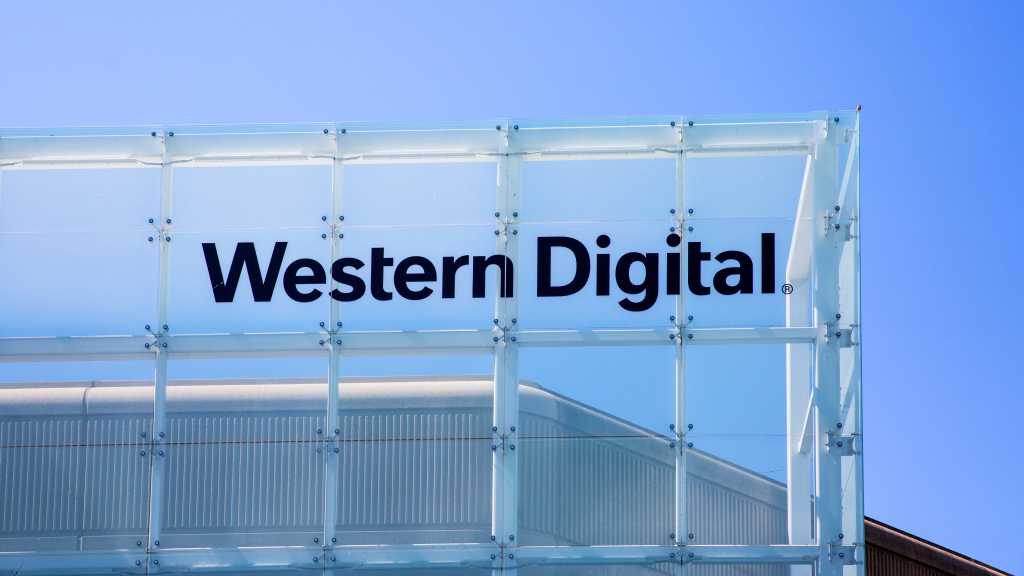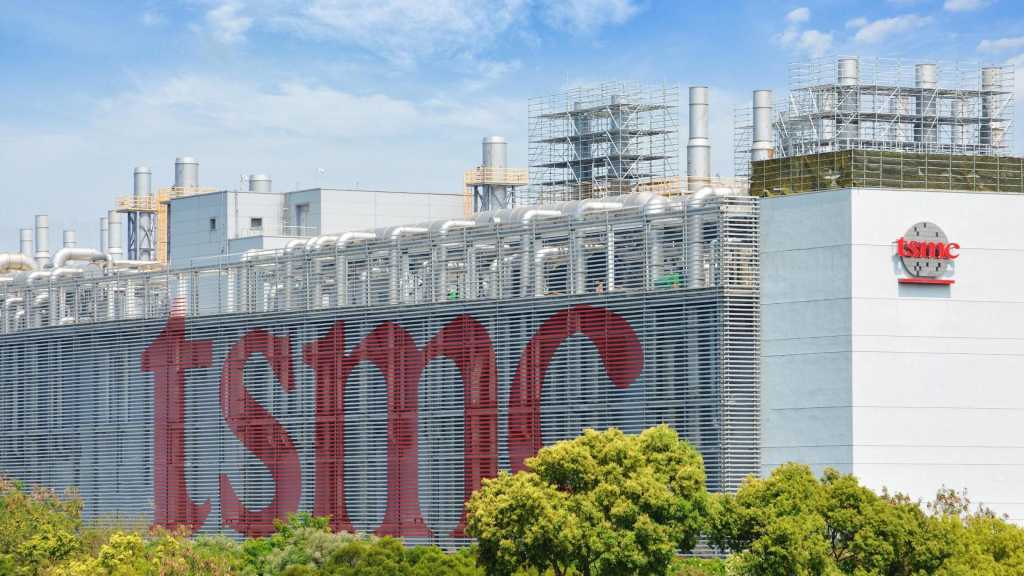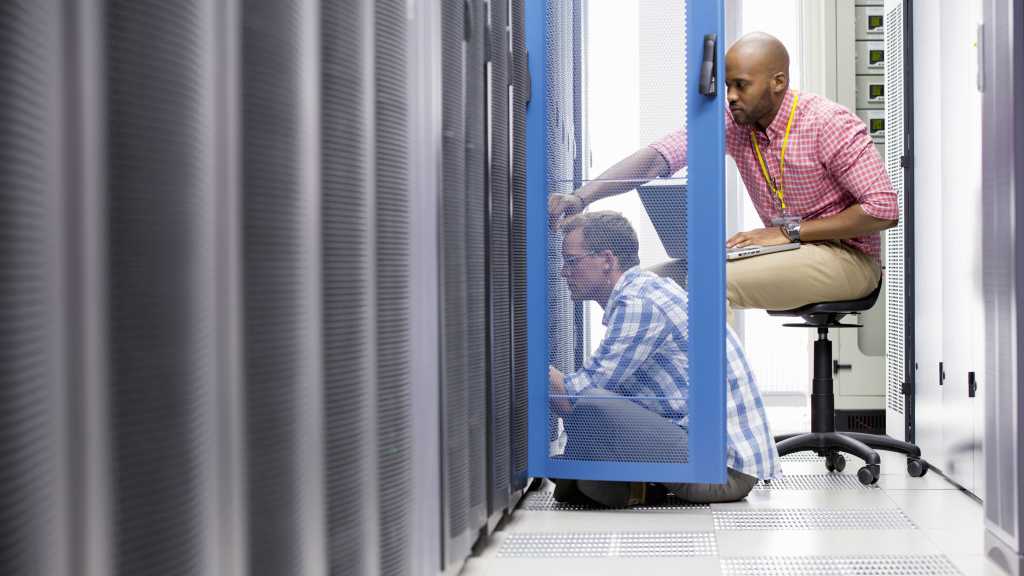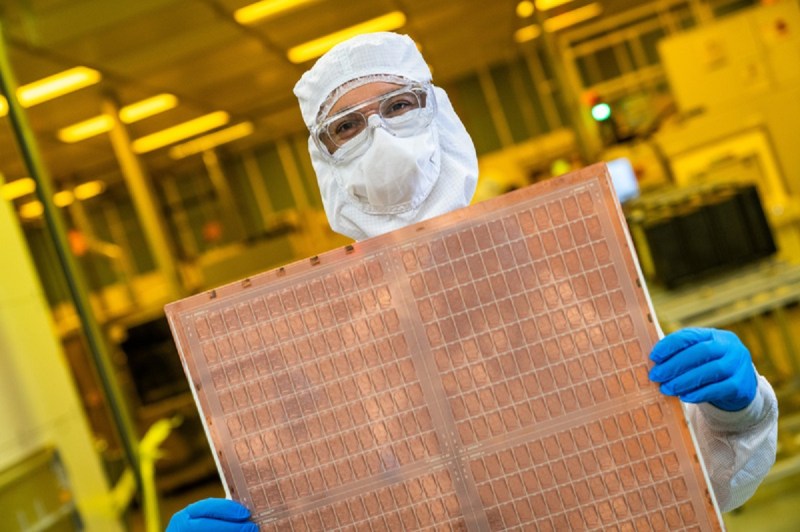Steve Thomson has joined Amplus Energy as its facilities and modifications manager within Aberdeen.
In his new role, Thomson will lead the yard campaign for the recently acquired floating production storage and offloading (FPSO) vessel Petrojarl I, and will support its future deployments and long-term operations.
His appointment reflects Amplus Energy’s focus on operational excellence and safe, efficient project delivery.
Thomson said: “Joining Amplus Energy in this role is a great opportunity to be part of a team with such a clear operational focus.
“The Petrojarl I has real potential, and I’m looking forward to getting involved with the yard phase and ensuring we are in the best position for a successful deployment.”
In March this year, Amplus Energy announced a strategic partnership with V.Ships Offshore to oversee the transition of the Petrojarl l.
The company acquired the vessel, built in 1986, from Altera Infrastructure. The company is scheduled to take control of the FPSO by June.
Amplus Energy managing director Steve Gardyne added: “Steve brings exactly the right blend of technical depth, leadership, and operational focus that is required for leading the yard campaign for FPSO Petrojarl I. His experience will be invaluable as we prepare Petrojarl I for its next mission and continue to build out our capability as a high-performance FPSO operator.”
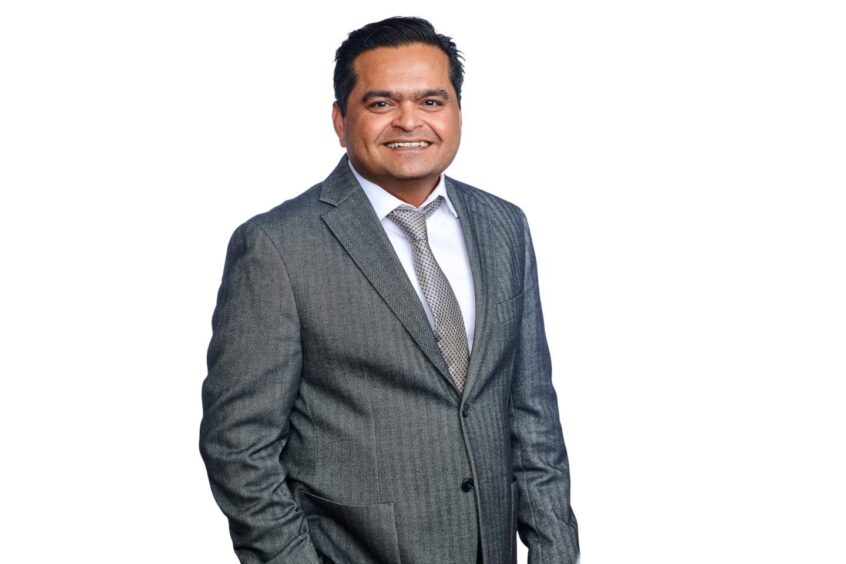 © Supplied by EnerMech
© Supplied by EnerMechMehul Tamboli has been appointed as senior vice-president for project performance at Aberdeen-based EnerMech.
Based in Houston, Tamboli joins EnerMech with over 20 years of global experience leading project management, finance and commercial operations within the oil and gas industry, both in the upstream and midstream sectors.
In his new role at EnerMech, he will serve as the project management subject matter expert (SME) for the business and will assist with the development and update of a company-wide training and development program for its project management personnel.
EnerMech CEO Charles ‘Chuck’ Davison Jr said: “We’re committed to building a business that’s not just growing, but improving, evolving, and raising the bar across the board. Mehul’s experience in the global markets in which EnerMech operates positions him uniquely to drive standards across our project management function and to strengthen our project execution and delivery capabilities.
“As project management SME, he is responsible for promoting a culture of continuous improvement across EnerMech. We look forward to welcoming him to the business and the results he will deliver across our regions.”
A recent leadership shakeup at the company saw a new chief marketing officer, general counsel and vice-president of global estimating and proposals appointed at the company.
 © Supplied by Interocean Marine Se
© Supplied by Interocean Marine SeJanko Bukovcan has been appointed to divisional director for the Middle East at offshore energy services provider Interocean Marine Service.
In addition, Karthik Elango has joined Interocean’s Middle East team as business unit director.
The appointments come as the company launches its Middle East entity to drive continued growth in the region, and expands its Middle East headcount to 58, contributing to a global team increase of 15%.
Interocean plans to diversify into five new areas within the Middle East and North Africa (MENA) and Asia Pacific (APAC) regions.
Bukovcan and Elango’s appointments aim to strengthen group’s global leadership team, following Robert Dalziel stepping into the role of managing director earlier this year.
Interocean CEO Fraser Moore said: “With more than 40 years of combined experience, their expertise will be invaluable as we continue our impressive growth trajectory.
“The success we have achieved across the Middle East and APAC is a testament to our established track record in the international oil and gas and marine sectors, and we look forward to continuing to build on this with our reinforced Middle East team.”
Interocean opened a new base in Aberdeen last year, providing a base for 45 of its personnel as the firm targets a 20% growth in headcount.
 © Supplied by CPH2
© Supplied by CPH2Richard Scott will become the chief commercial officer of UK-based green hydrogen group CPH2 as of 1 July, 2025.
As CCO, Scott will lead the acceleration of CPH2’s commerciality phase, overseeing licensee activation, building the contracted order book, and refining the commercial pipeline.
He joins CPH2 with over 30 years’ experience in the energy sector, spanning commercial management, business and market development roles.
In addition, he brings global expertise in the green fuels market and a strong track record of scaling projects to commercial viability.
Most recently, Scott served as executive vice-president at ACME Greentech Group India, where he led development of its green hydrogen derived fuel business.
CPH2 CEO Jon Duffy commented: “His appointment comes at a pivotal moment as we transition into this next stage of commercialisation. Richard’s experience in scaling energy projects will be instrumental in driving forward our route to market – delivering on our existing order book, generating our first revenues, and activating our global licensees.”
 © Supplied by ?rsted
© Supplied by ?rstedAmanda Dasch and Godson Njoku have been added to Ørsted’s Group Executive Team
Dasch has taken on the role of chief development officer and will head up Ørsted Commercial, which covers commercial development activities across Ørsted’s three regions (Europe, Americas, and APAC) as well as Trading & Revenue, Group Strategy & Innovation, and Group Stakeholder Relations.
Njoku was appointed as chief generation officer and will be leading Ørsted Generation, holding the overall responsibility for the performance of Ørsted’s European fleet of energy-generating assets.
He will be based in the UK and joins Ørsted after 20 years with Shell, where he held a number of senior executive roles.
Both will report to recently appointed group president and CEO Rasmus Errboe, who said: “With Amanda Dasch and Godson Njoku, we’re welcoming two strong profiles who will add valuable competences to our Group Executive Team, bringing decades of senior leadership experience from the energy industry.
“The Group Executive Team reflects our sharpened focus on our core business, on project execution, and on improving our competitiveness.”
 © Supplied by True North
© Supplied by True NorthCalum Ross has joined True North as a senior advisor.
Ross has spent fifteen years covering Scottish and UK current affairs for the Press & Journal, including four years as a lobby journalist at Westminster, before joining the Scotsman, where he has spent the past two years as education correspondent.
He replaces Andrew Liddle, a former Labour Party advisor, who has relocated from Edinburgh to lead the company’s new permanent presence in London.
This aims to allow the firm to offer on-the-ground support for clients navigating policy and regulatory priorities that are the responsibility of the UK Parliament.
In addition, Geri Mulvany, has joined the firm as a creative advisor within its content studio, based in Aberdeen.
The expansion coincides with the launch of the new True North Advisors website – truenorth.scot – which reflects the scale, ambition and expertise of the business.
True North managing partner Geoff Aberdein said: “True North’s approach centres around employing talented individuals who use proven expertise in their careers to date to provide our clients the very best in strategic advice. Calum and Geri bring huge experience and sharp insight that will add real value for the growing range of businesses and organisations we work with.
“Establishing a permanent presence in London is a bold and necessary step for the company. Andrew’s relocation means we’re now perfectly placed to serve organisations that need to be heard at both Holyrood and Westminster.”
Power Moves is kindly sponsored by the good people of JAB Recruitment.




